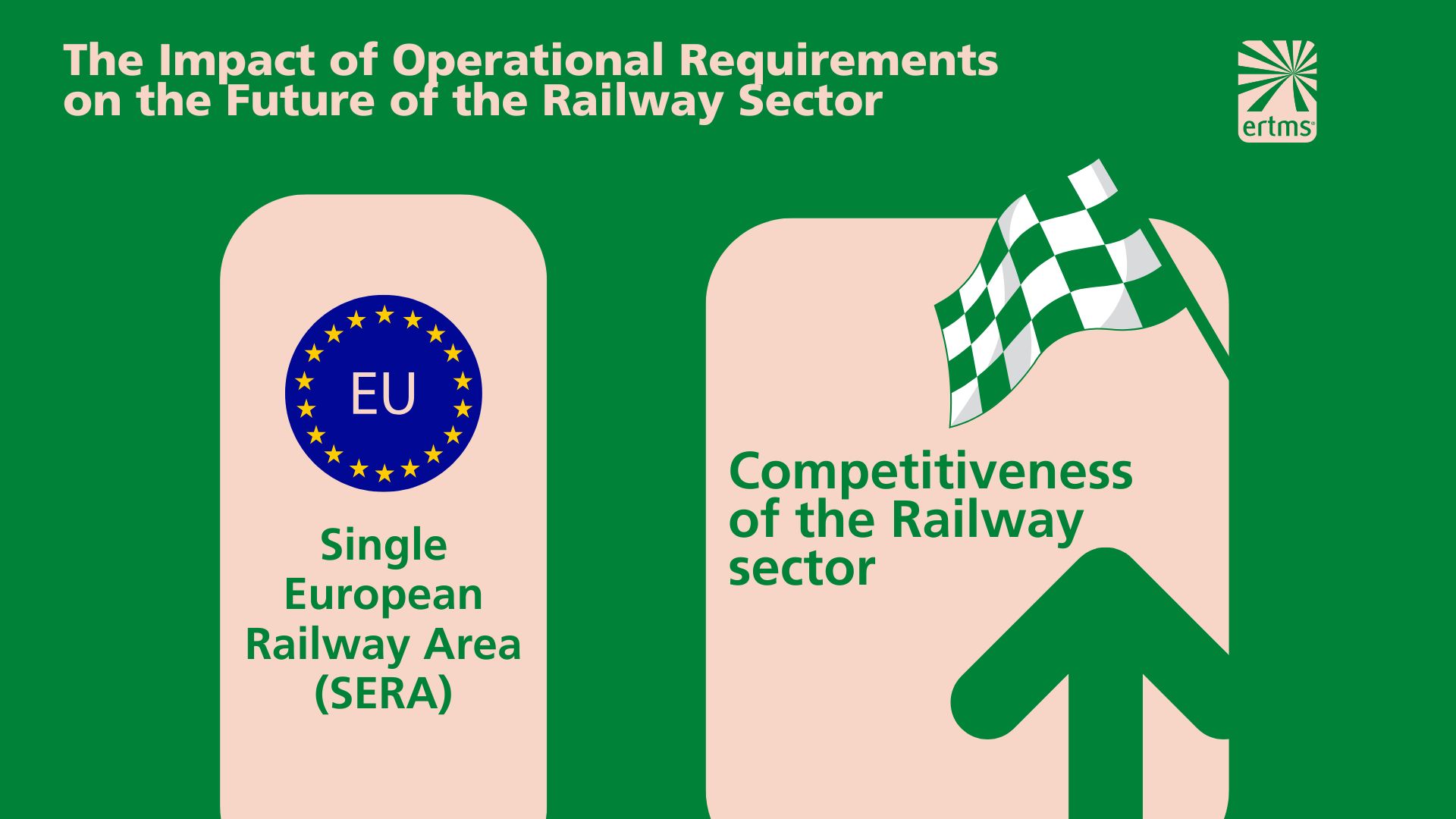💡Are you aware of the impact of Operational Requirements on the future of the European rail sector?
Do you know that “differences in operation are one of the key root causes for complexity and product fragmentation, which are major cost drivers?”👀
🎯 Let us dive in:
European railways are largely influenced by national requirements and conditions, making harmonisation challenging. While common telecommunications and signalling technologies exist, railways’ organisation and management remain national. Past European attempts to harmonise operations have faced significant hurdles. A Europe-wide harmonised approach could standardise technical solutions, leading to a more efficient and higher-performing railway system.
🚦In the current scenario, the range of operational requirements leads to fragmented and small marketplaces, higher costs, and a slow introduction of innovations. This applies to all stakeholders, including Infrastructure Managers, railway undertakings, and suppliers.
💡 The ideal scenario would lead to a single European requirements baseline, enabling suppliers to address the entire European market. This would also free up capacities to develop quicker innovations and, therefore, improve the competitiveness of rail transport.
🚝 Common business objectives
Railways and Suppliers have agreed to work together to solve these issues, and three main Common Business Objectives were identified:
🔸 Cost Efficiency (through harmonisation of operations, simplification of regulations, procedures, standardisation and acceptance processes, standardisation of architecture, efficient system integration, testing and validation, and affordable software upgrades)
🔸 Quick Adaptation and Deployment (through increased flexibility, reduced time-to-market, ease of procurement, and effective migration strategies)
🔸 Better Performance (by increasing capacity, by greater reliability and availability, and by environmental sustainability)
💡 The impact of operational requirements on the future of the European railway sector:
At present, there are at least 100 substantially different baselines for signalling solutions in Europe.
These baselines not only affect development, approval, and certification costs but also require extensive in-house and field testing of the resulting solutions. Such field testing can lengthen project implementation times, occupy infrastructure, and require vehicles with specific configurations.
The System Pillar of Europe’s Rail Joint Undertaking (ERJU SP) has the harmonisation of operation at the top of its agenda.
Read more on UNIFE’s Committee UNISIG position paper 👉 https://www.unife.org/wp-content/uploads/2024/04/UNISIG-Position-Paper-The-Impact-of-Operational-Requirements-on-the-future-of-the-European-Railway-Sector.pdf
